Choosing the “Right” Gate: My Top Ten Factors
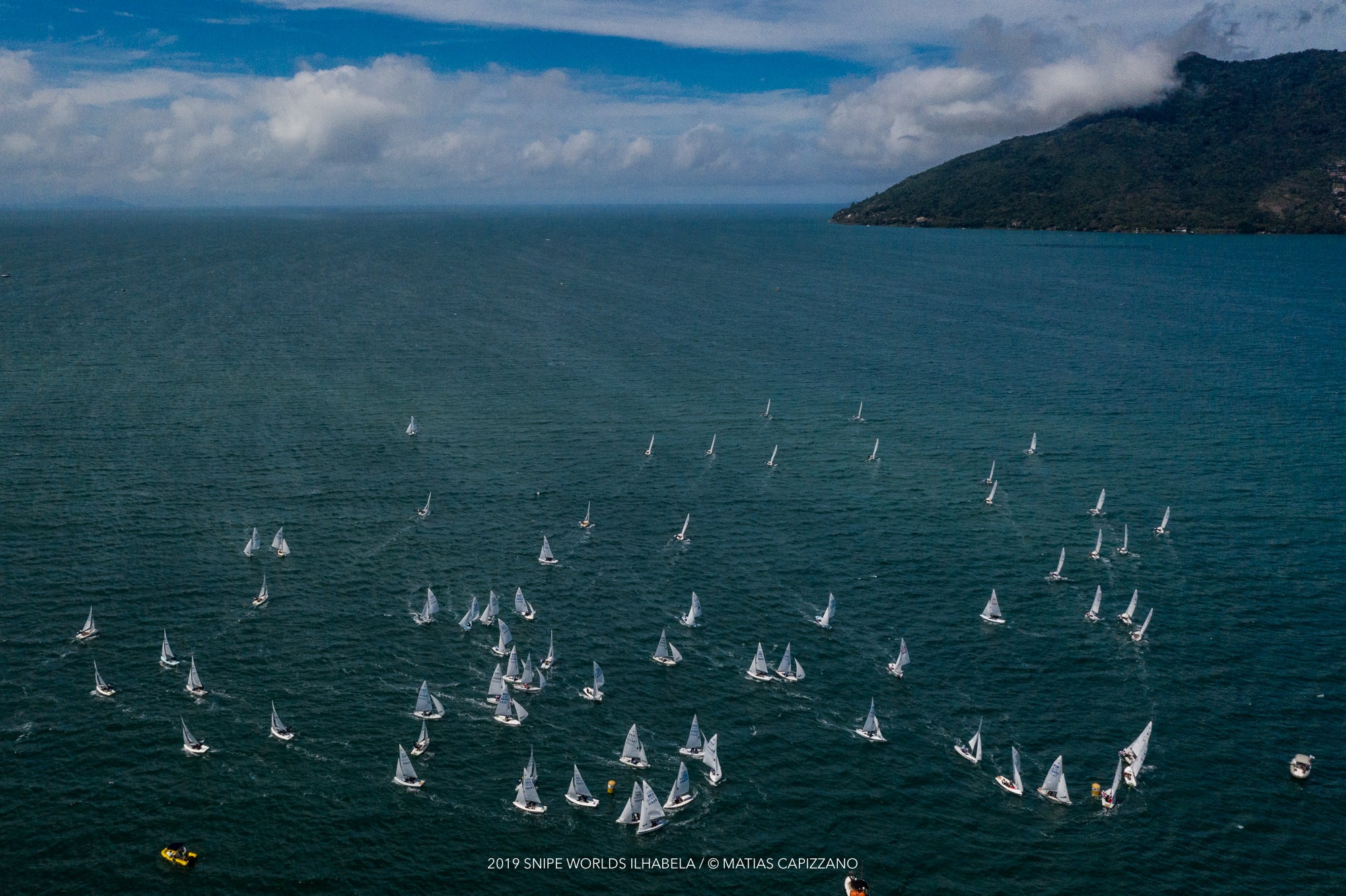

by Carol Cronin
(Photo courtesy of Matias Capizzano / SCIRA)
It wasn’t until the Snipe Women’s Nationals that I realized how much I relied on gates. Because. There. Weren’t. Any.
In large fleets, race committees often set two marks at the leeward corner of the course. Boats sail between the marks, rounding one to port or the other to starboard.
The Women’s Nationals fleet was only thirteen boats, so gates would’ve been inappropriate. But Kim Couranz and I quickly remembered the one-sidedness of a run to a single leeward mark. Having two options makes it possible to use the entire race course downwind.
Gates also create a significant tactical challenge. Choosing the “right” gate determined the winner of several US Olympic Trials. Choosing the wrong gate recently cost Kim a race victory in her Laser Radial. It’s one of the biggest decisions we make in an average race, and definitely one of the hardest.
Here are the top ten factors I consider when choosing a gate to round. The relative importance of each is affected by the situation, so this is not an absolute ranking.
- Location
If one mark is obviously farther upwind due to shift, dragging anchor, or race committee error, round that one.
- Shift
Because the wind is usually shifting, one gate will almost always be slightly favored. If the shift is large, this factor jumps to the top of the priority list. Here’s an obvious situation:
The wind shifts right 30 degrees just before the leaders reach the weather mark. Everyone jibes around the windward mark/offset and fetches the leeward mark without a second jibe. In this case, the starboard gate is effectively “off” the race course; this is an example of “must round port.” Ignore all other factors.
The smaller the shift, the harder it will be to tell which gate is favored – and the more other factors should be considered.
- Clear Air
When the lead pack rounds the gates, the bulk of the fleet will still be sailing downwind. A quick escape from that enormous wind shadow will be a high priority.
Boats not in the lead pack will also be looking for clear air upwind, but upwind lanes are not as dependent on gate choice. Other factors should be given priority.
- Traffic
When rounding with a group, it will usually be better to round a less-favored gate on the inside than to round outside/behind a clump of boats. Three boats “inside” to port, nobody “inside” to starboard? I’ll pick starboard every time (unless the starboard gate is “off” the race course, as in #2’s example.)
- Plan for the next beat
If one side of the next beat is favored, we try to round the gate that would take us there soonest. But wanting to go right upwind does not require rounding the port gate; depending on our local traffic conditions, we may round the starboard gate with a plan to tack immediately. (See #6.)
- The Death Zone
In a large fleet, there will be a disturbed region of both wind and water five to ten boatlengths upwind of the gates. Tacking soon after we round either gate will send us into this “death zone,” which is slow. We consider this when discussing the “round and tack” option in #5.
- The competition
The lighter the breeze, the more quickly boats on opposite tacks will separate. To cover a particular boat, we will round the same gate. If we are trying to separate from another boat, we’ll choose the opposite gate.
- Boathandling
We try to practice boathandling enough so it’s not a factor in our tactical decisions, but it still must be considered – especially in heavy air. In planning conditions, if the port gate is a little farther upwind but we can round the starboard gate without any fancy maneuvers, I’ll choose the starboard gate.
- Current
The more perpendicular the current is to the breeze, the more it will affect gate choice. This factor can be planned out ahead of time – and discussed ad nauseum with two post-race beverages standing in as gates.
- Gut instinct
Often one gate or the other will just feel like the easier rounding or quicker escape. After the race is over I try to talk the decision over with Kim, to see if my gut instinct was right.
Gate decisions often happen in a crowd, so it is crucial for skipper and crew to have a plan. At least a minute before the rounding, I say either 1. “Gate starboard,” 2. “Gate port,” or 3. “Not sure yet.” The last phrase is more useful than complete silence – and it’s definitely better than that confidence-killing “deer in the headlights” look of complete panic.
Comments for this post are closed

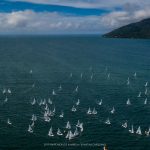
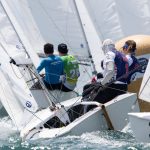
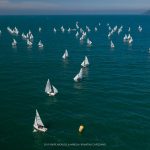
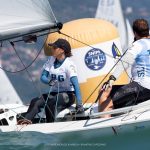
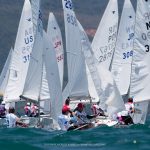
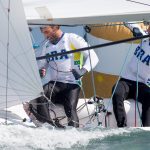
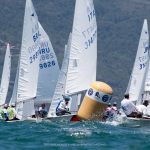
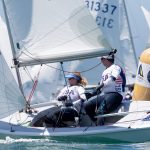
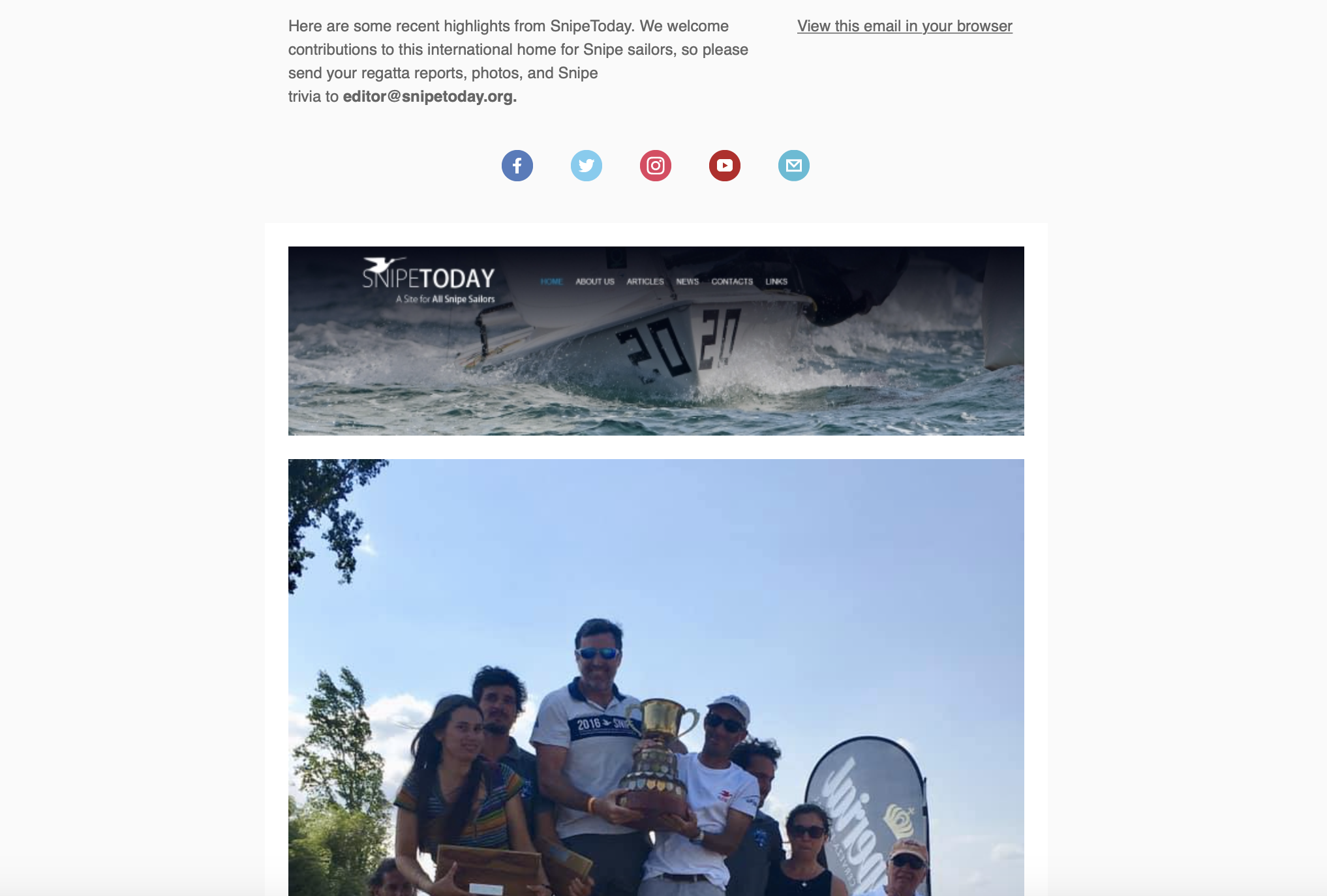
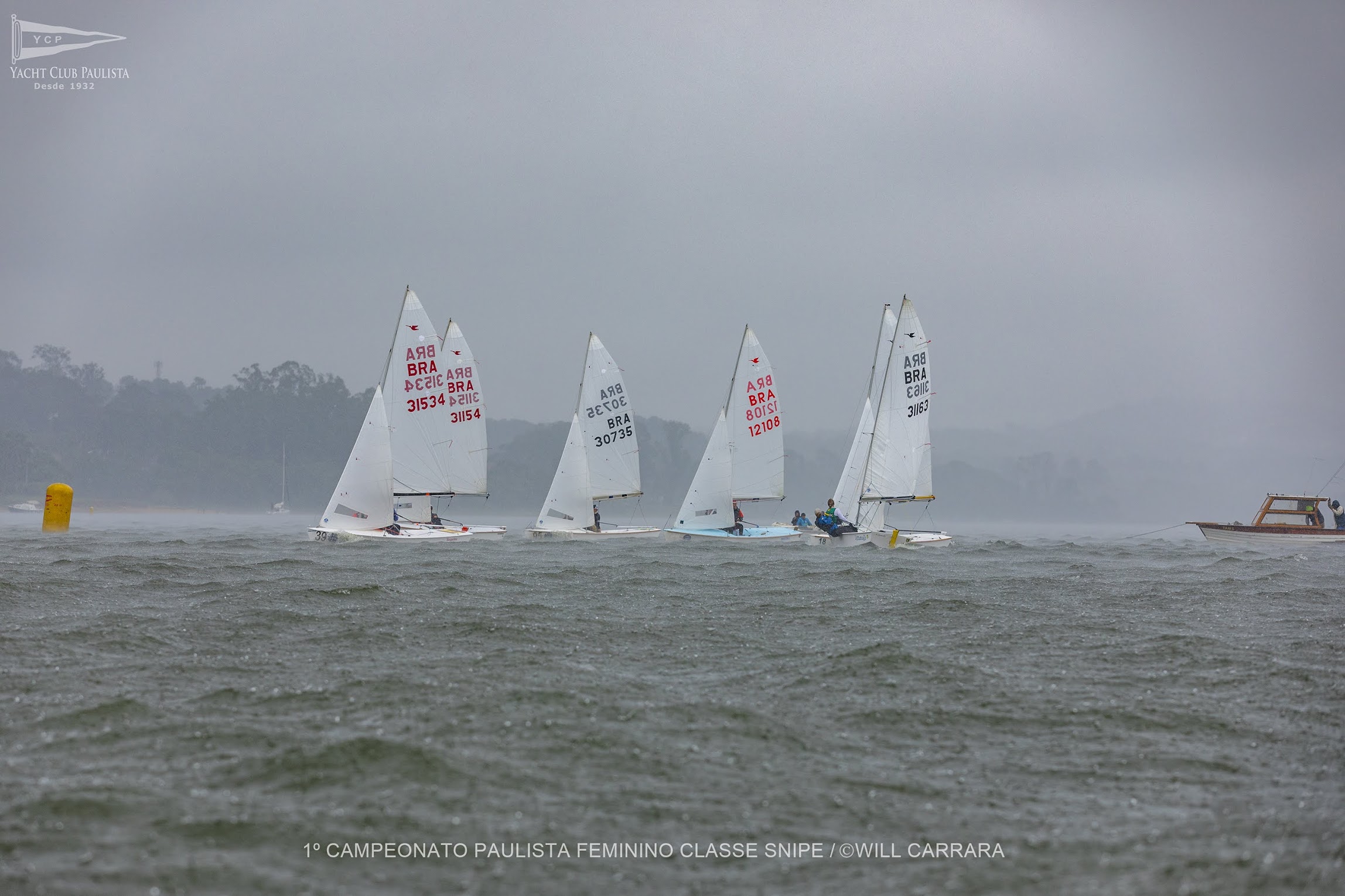
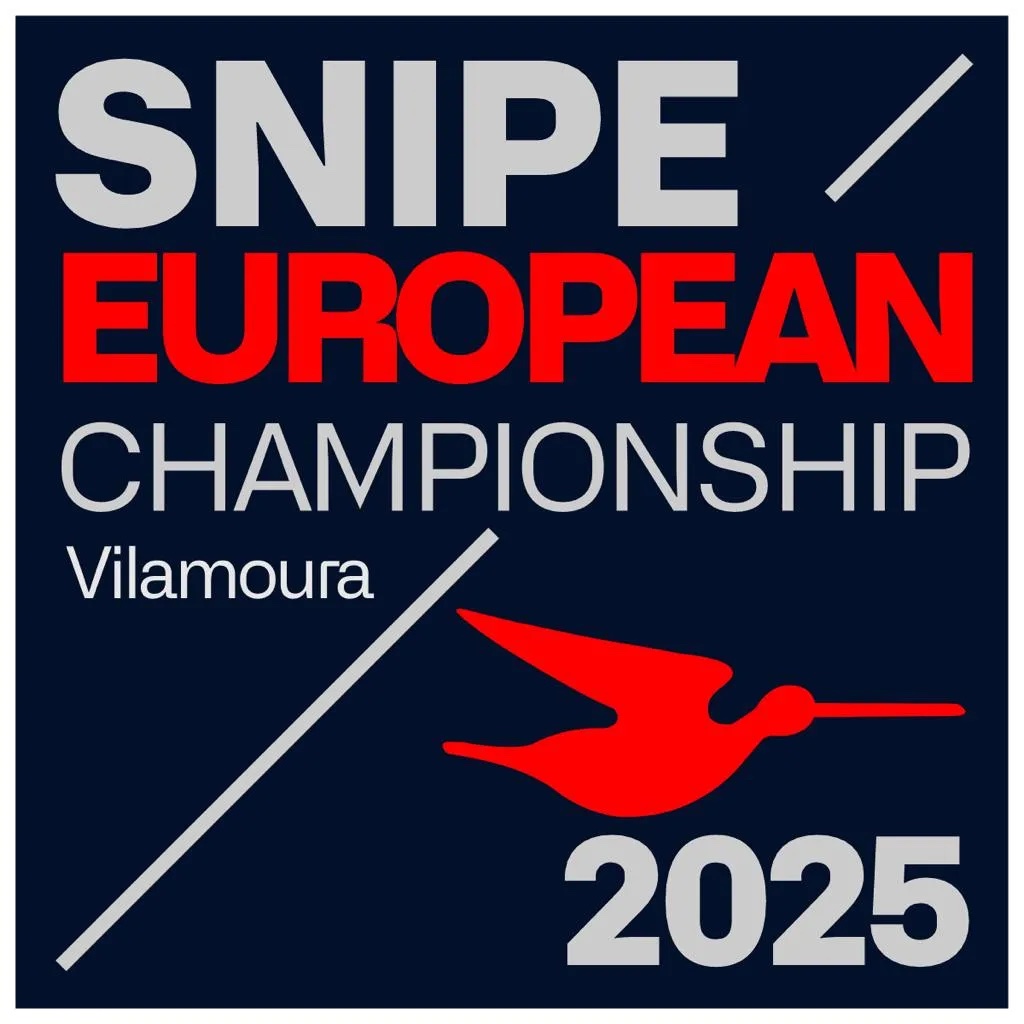
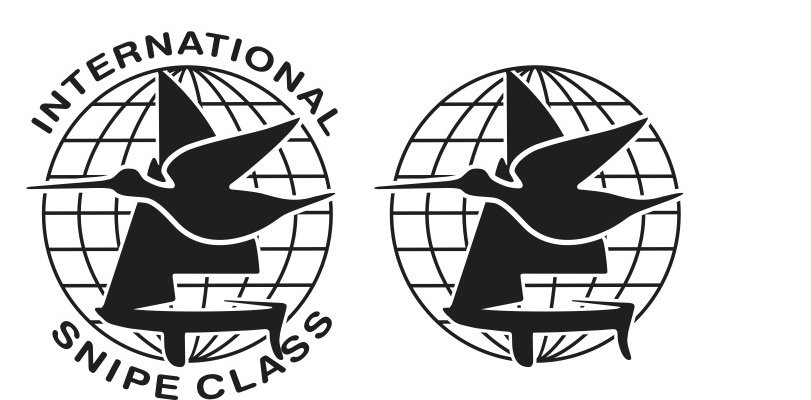

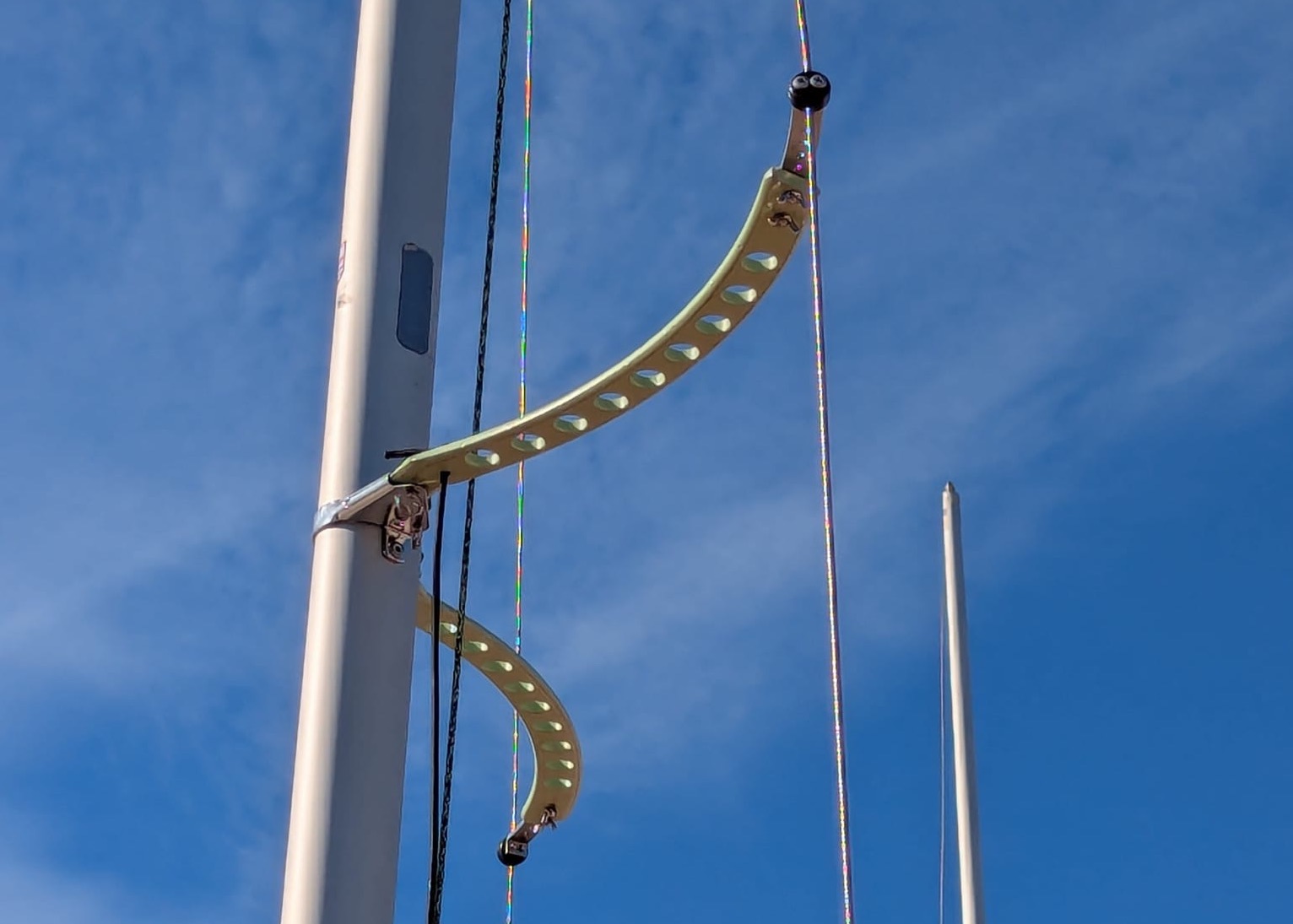
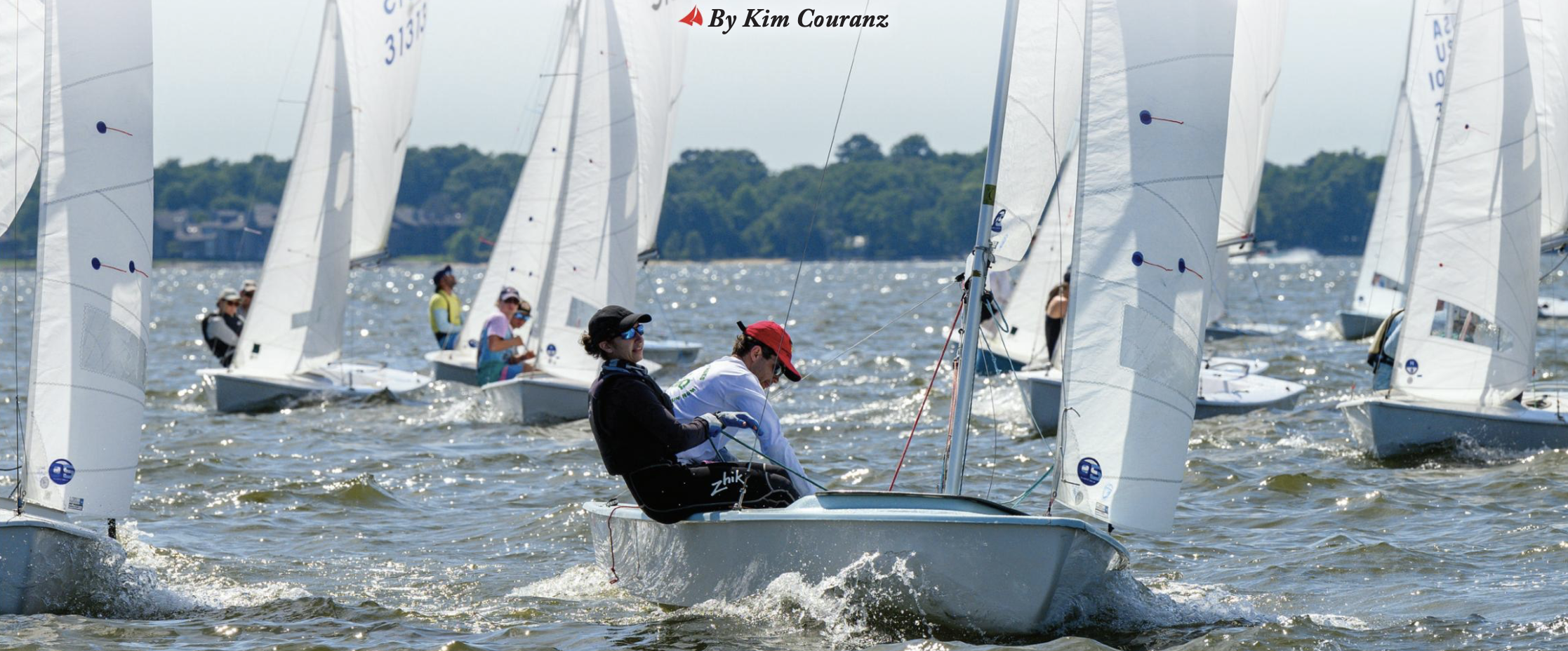
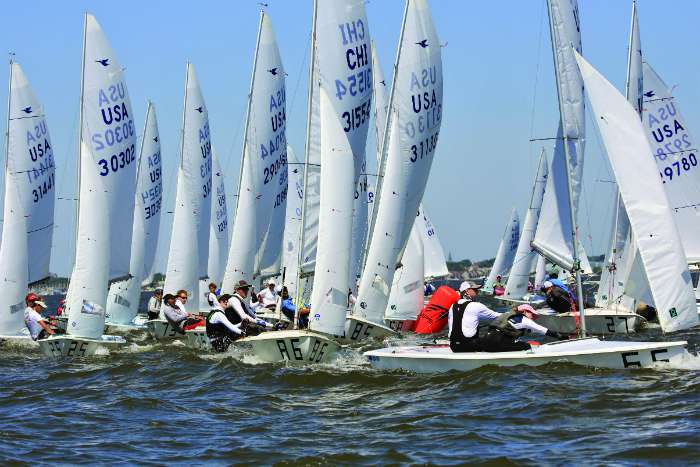
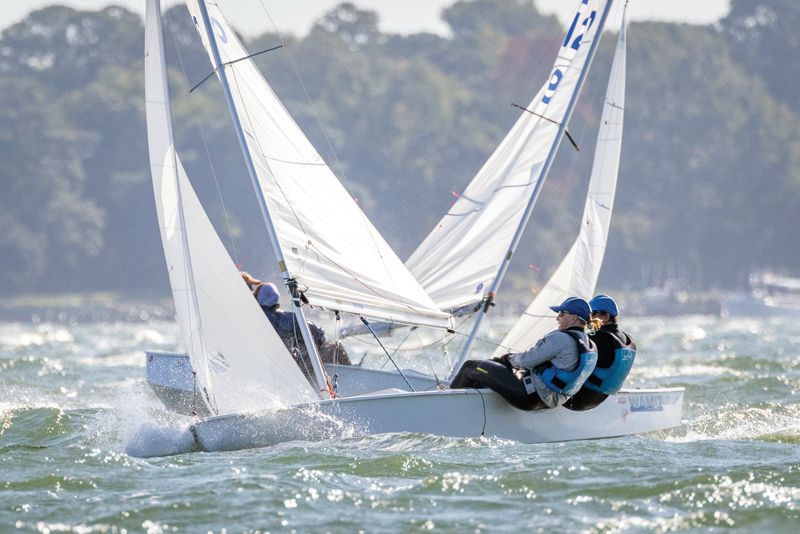

1 comment
Zachary Lieberman
How do you pick thre right mark in the gate?
Leave a reply
Your email address will not be published. Your comment will be revised by the site if needed.